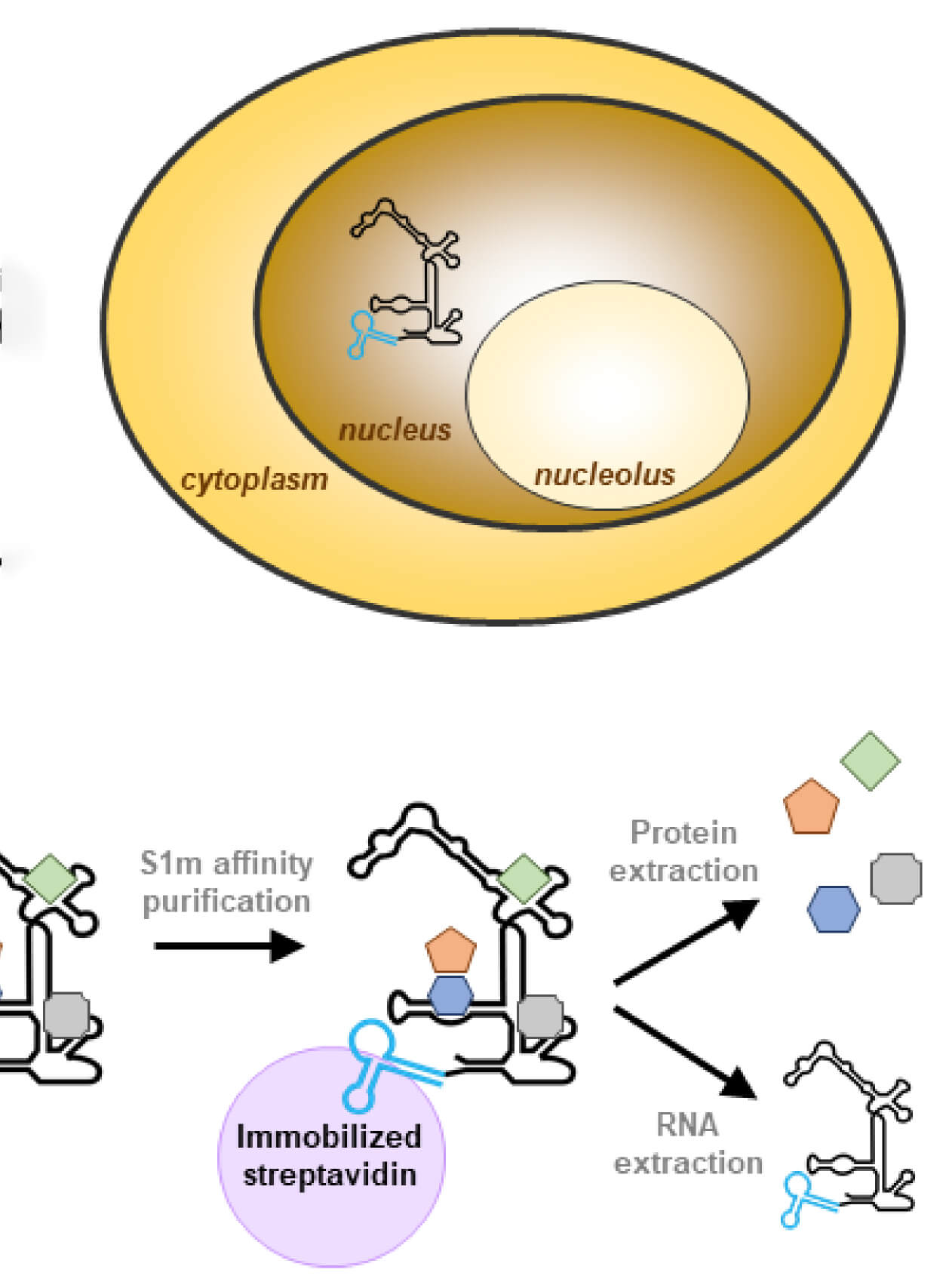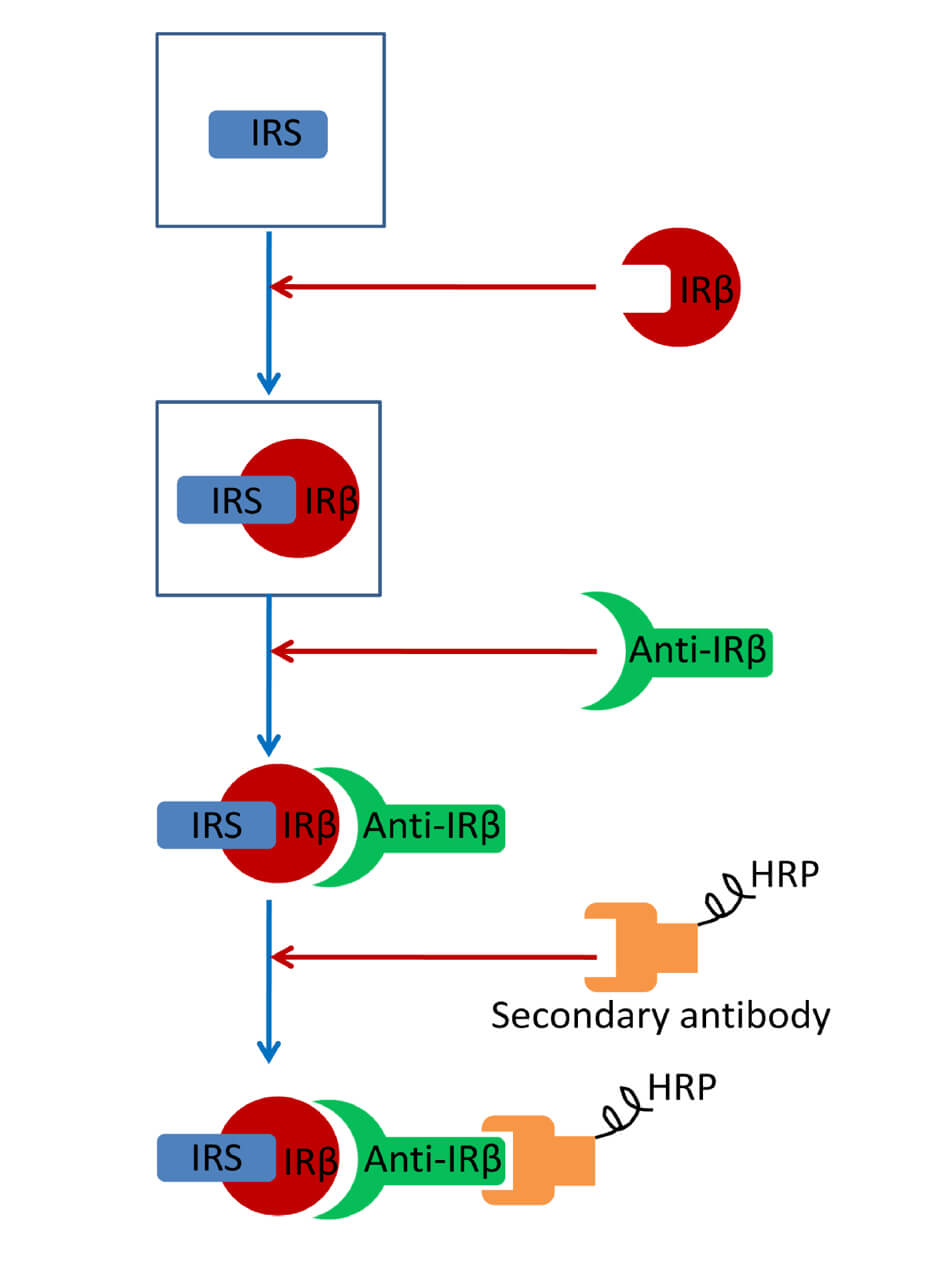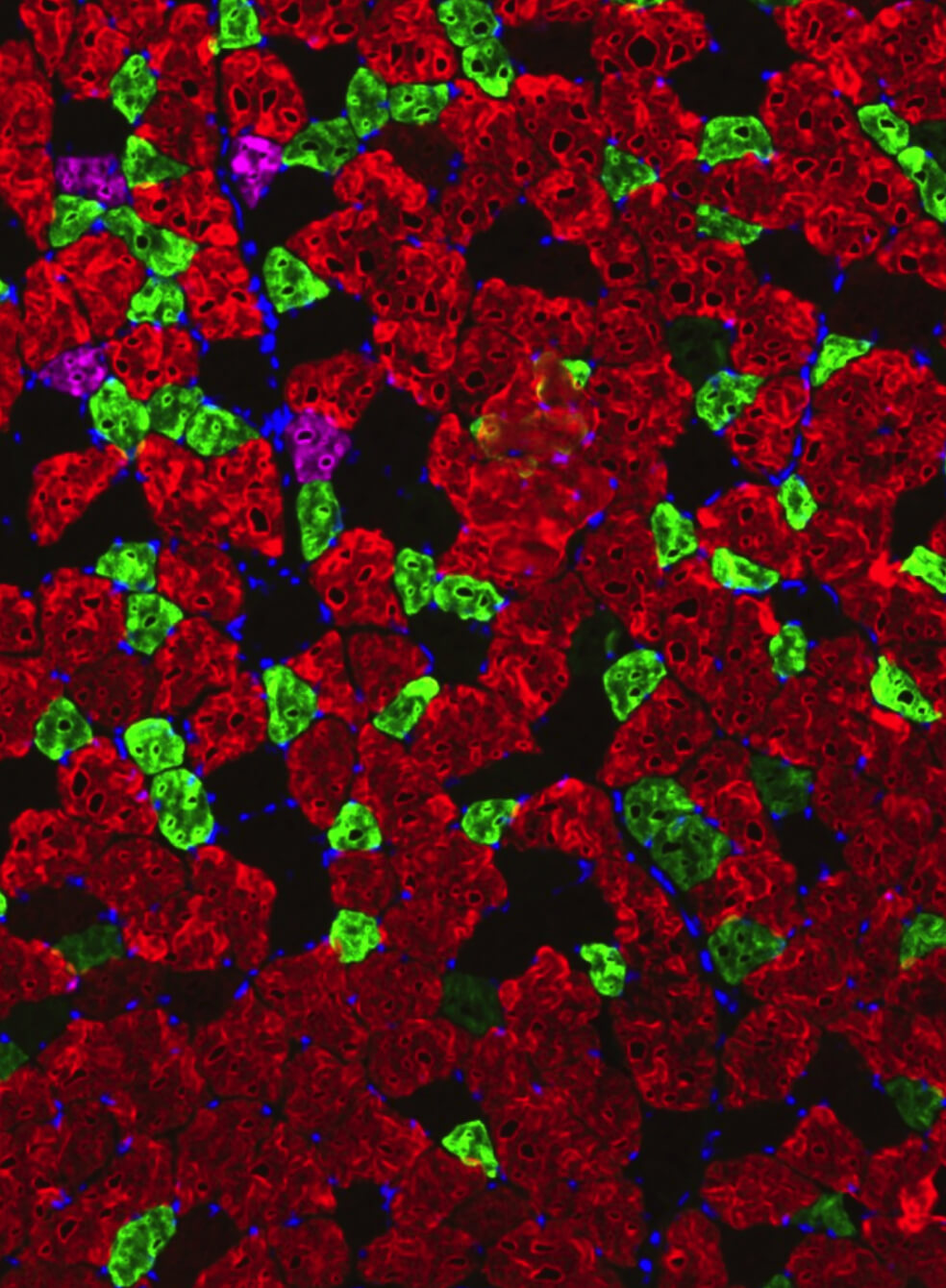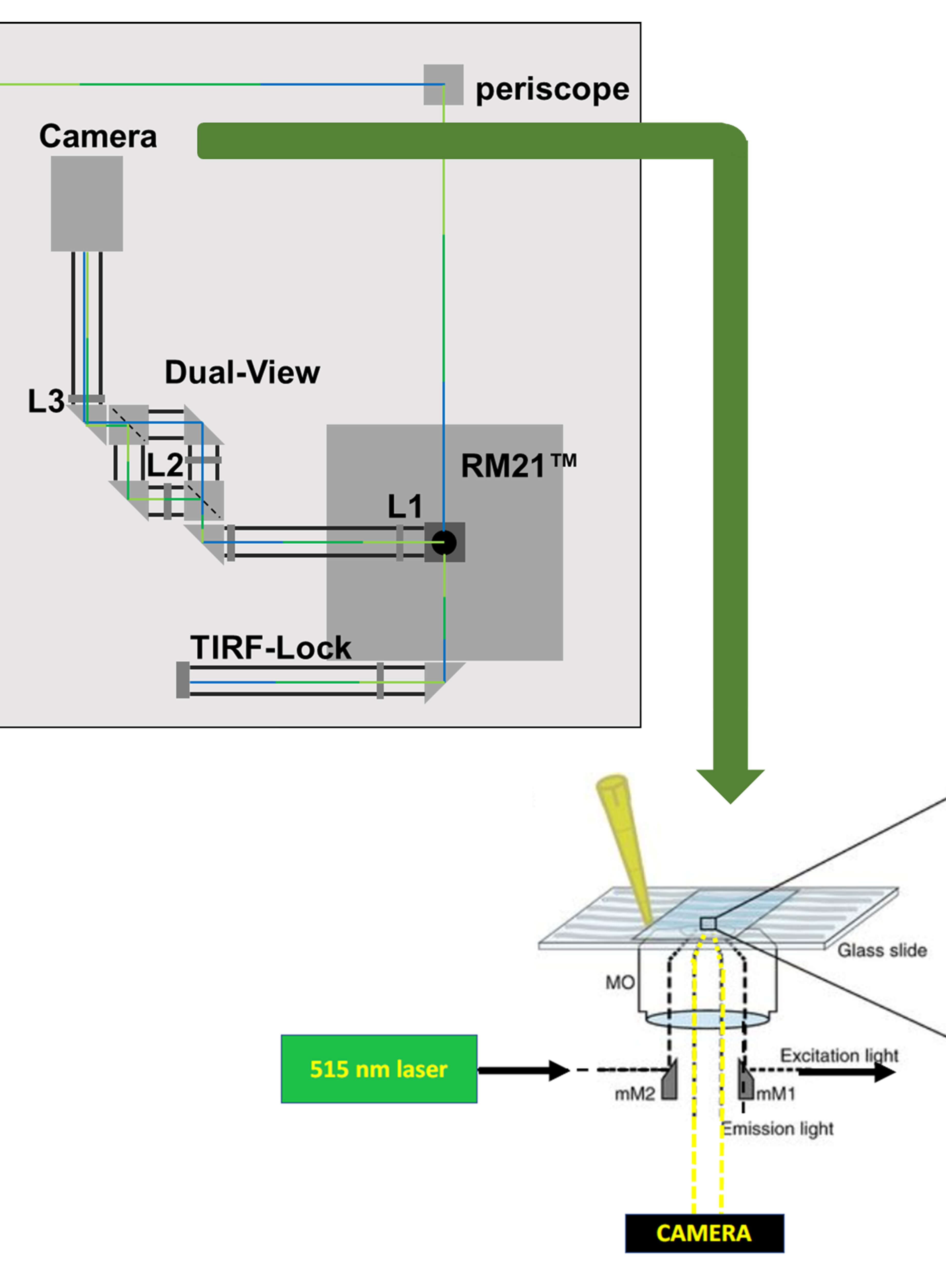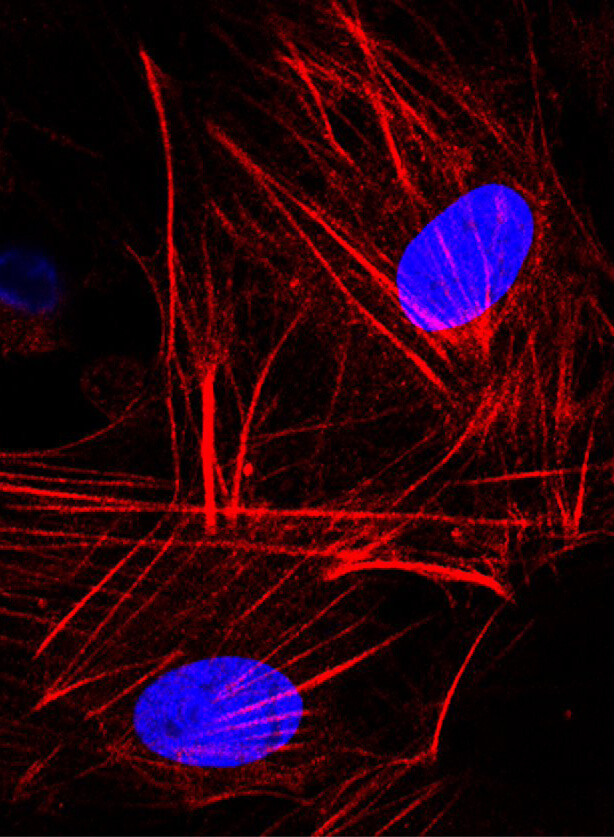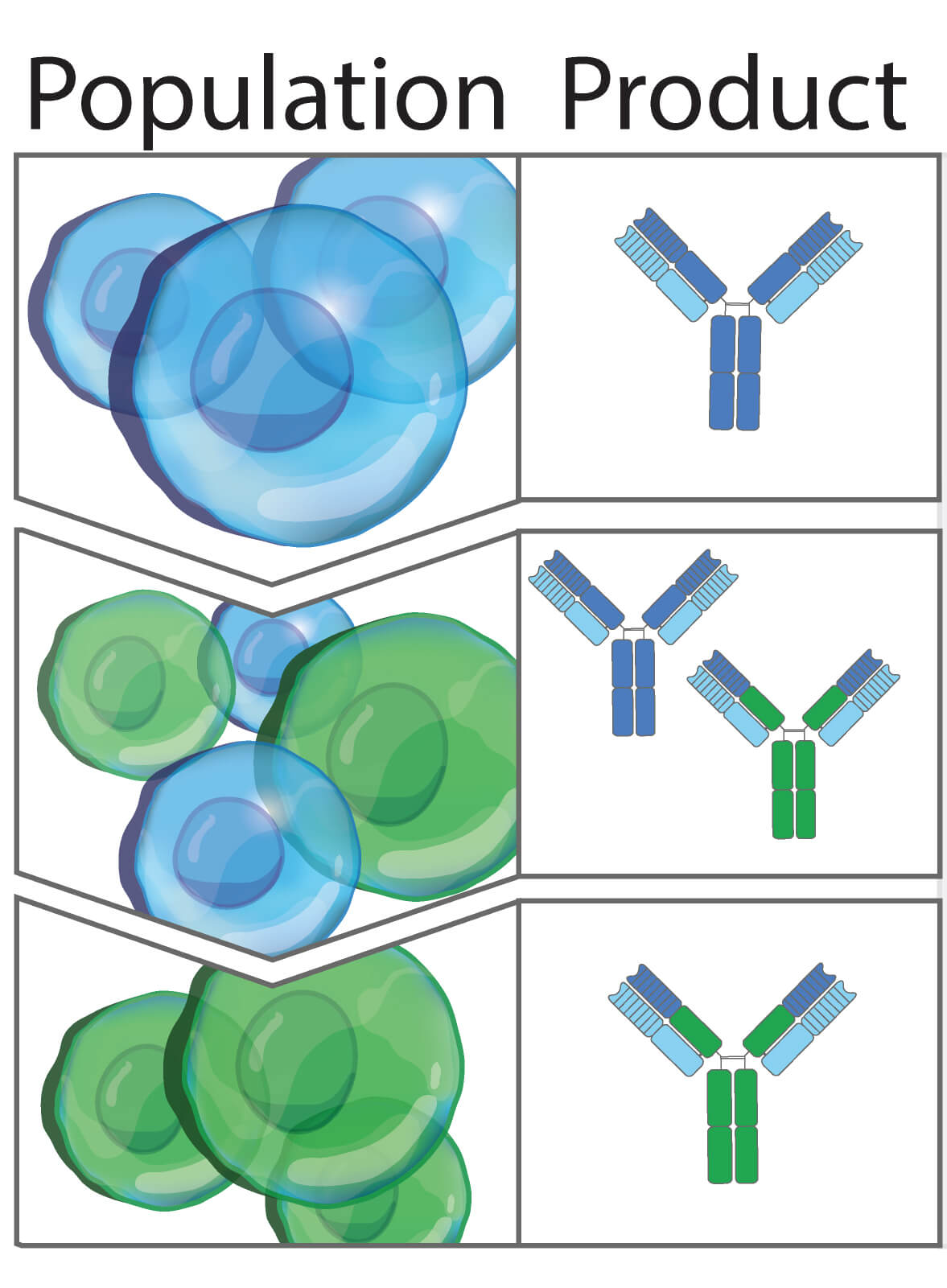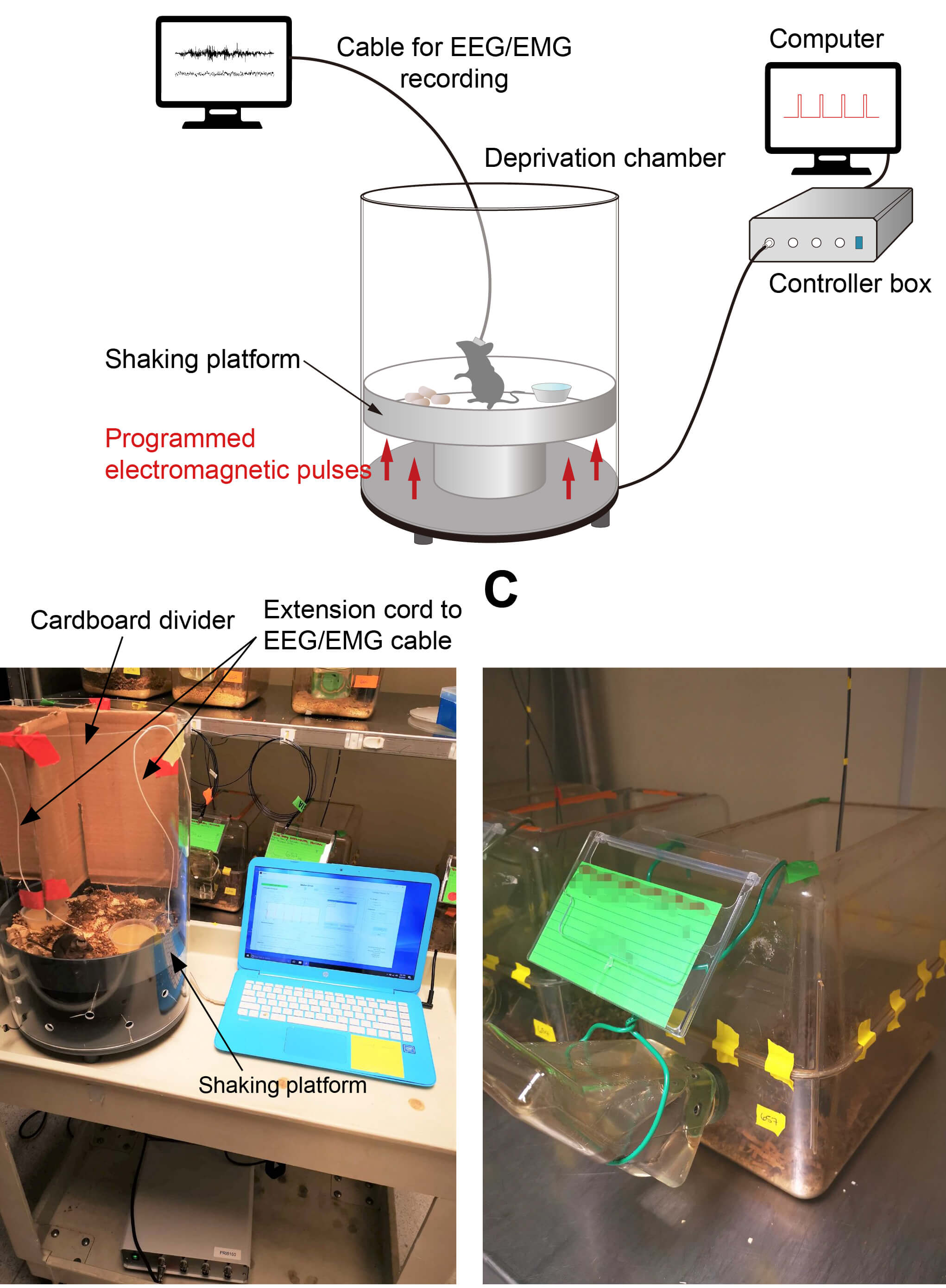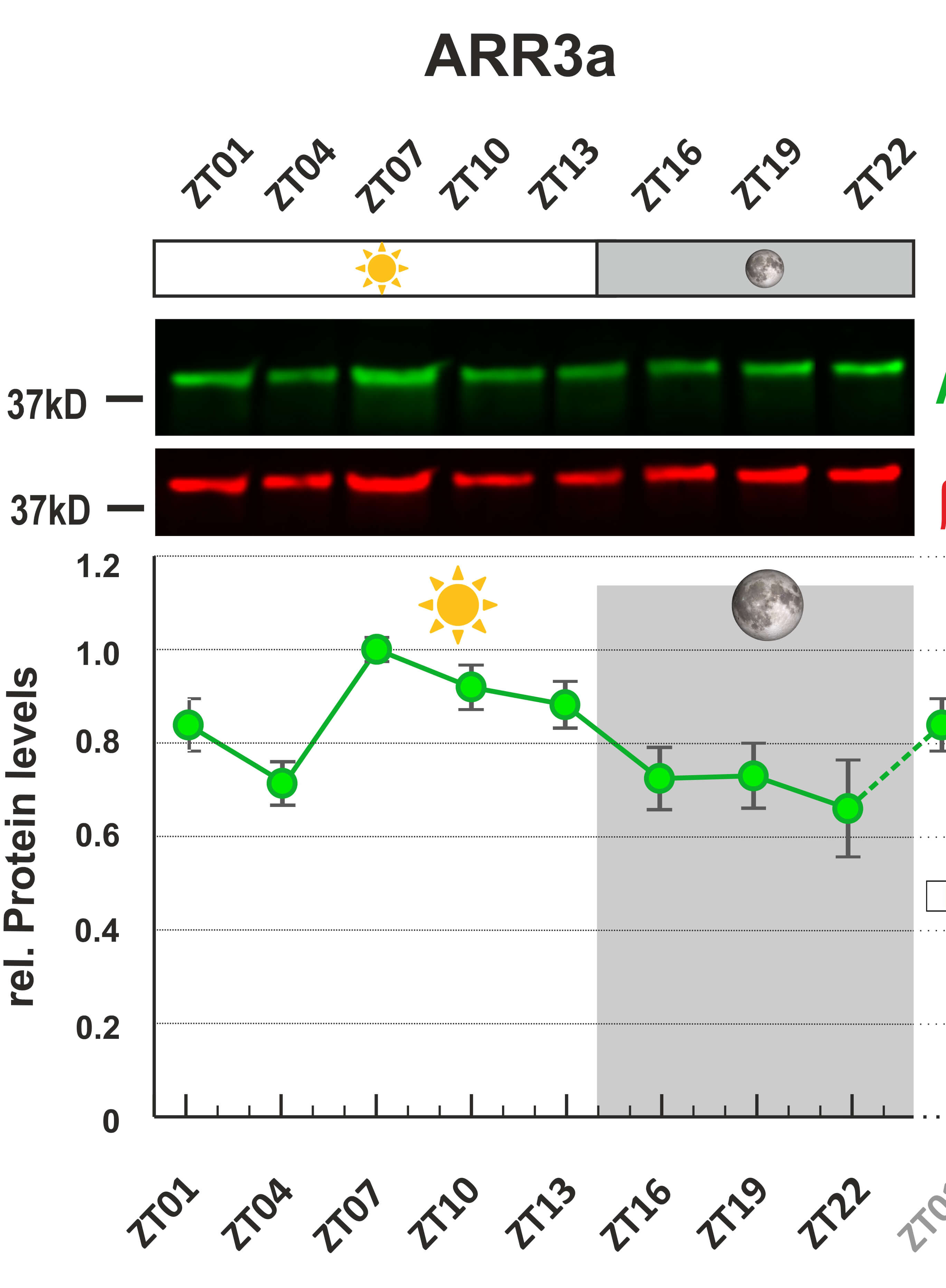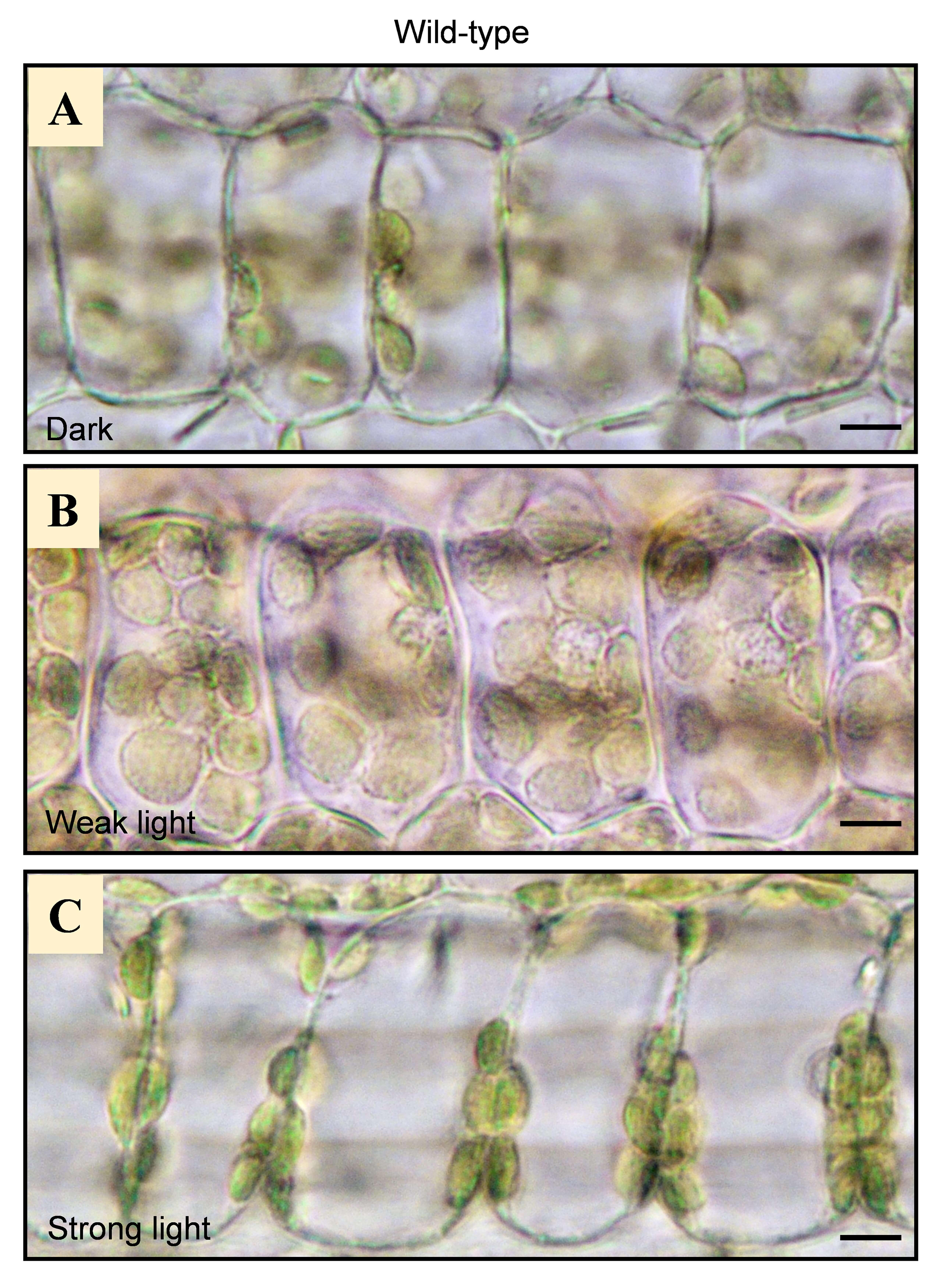往期刊物2023
卷册: 13, 期号: 4
生物化学
A Novel Method to Isolate RNase MRP Using RNA Streptavidin Aptamer Tags
使用 RNA 链霉亲和素适体标签分离 RNase MRP 的新方法
Far-western Blotting Detection of the Binding of Insulin Receptor Substrate to the Insulin Receptor
Far-western blotting 检测胰岛素受体底物与胰岛素受体的结合
生物科学
Comprehensive Analyses of Muscle Function, Lean and Muscle Mass, and Myofiber Typing in Mice
小鼠肌肉功能、瘦肌肉质量以及肌纤维分型的综合分析
生物物理学
Imaging Membrane Proteins Using Total Internal Reflection Fluorescence Microscopy (TIRFM) in Mammalian Cells
在哺乳动物细胞中使用全内反射荧光显微镜 (TIRFM) 对膜蛋白进行成像
细胞生物学
Isolation and Culture of Primary Fibroblasts from Neonatal Murine Hearts to Study Cardiac Fibrosis
从新生小鼠心脏中分离和培养原代成纤维细胞以研究心脏纤维化
免疫学
CRISPR/Cas9-based Engineering of Immunoglobulin Loci in Hybridoma Cells
杂交瘤细胞中基于 CRISPR/Cas9 的免疫球蛋白位点工程
神经科学
Automated Sleep Deprivation Setup Using a Shaking Platform in Mice
在小鼠中使用振动平台自动睡眠剥夺设置
Detection of Zebrafish Retinal Proteins by Infrared Western Blotting
红外印迹法检测斑马鱼视网膜蛋白
植物科学
Imaging of Chloroplast Movement Responses to Light Stimulation in Different Intensities in Rice
水稻不同强度光刺激下叶绿体运动的成像



